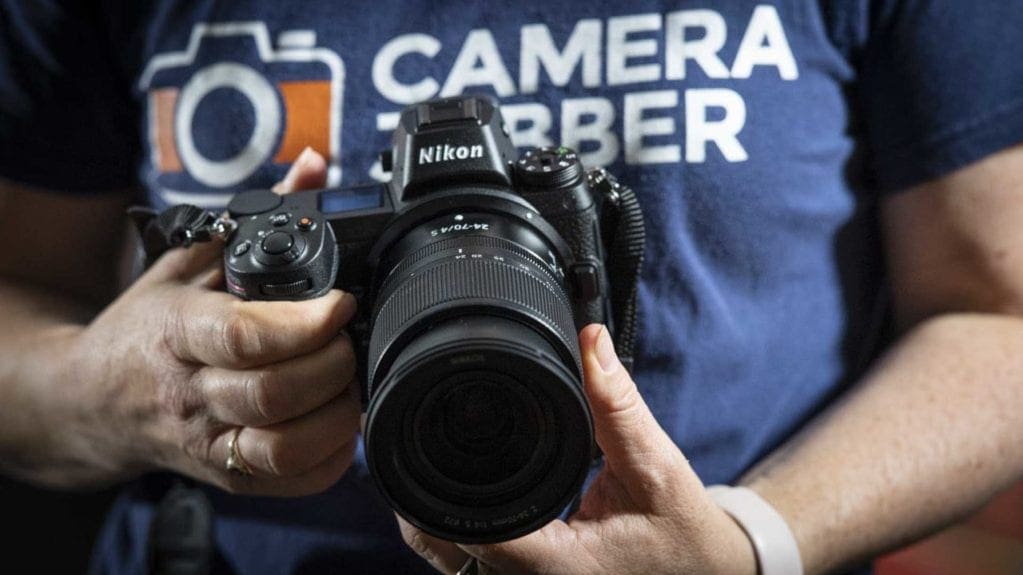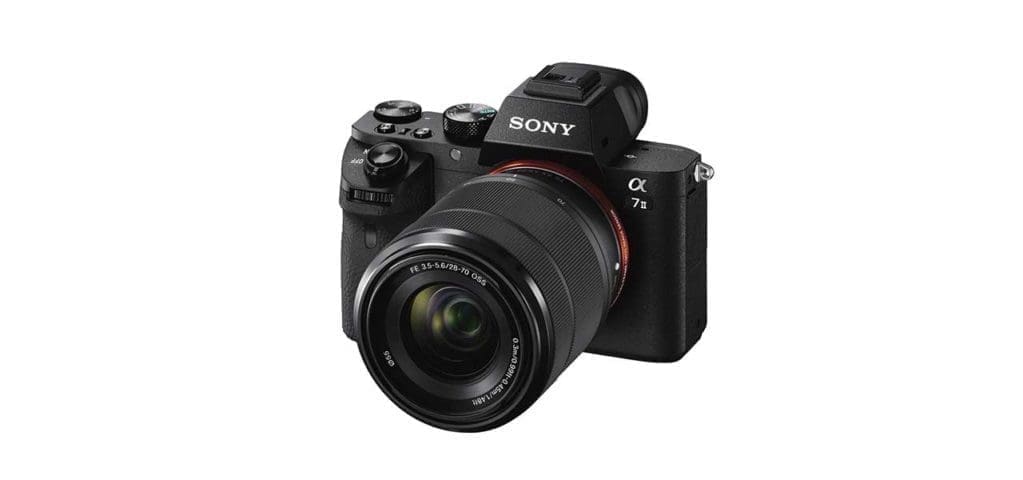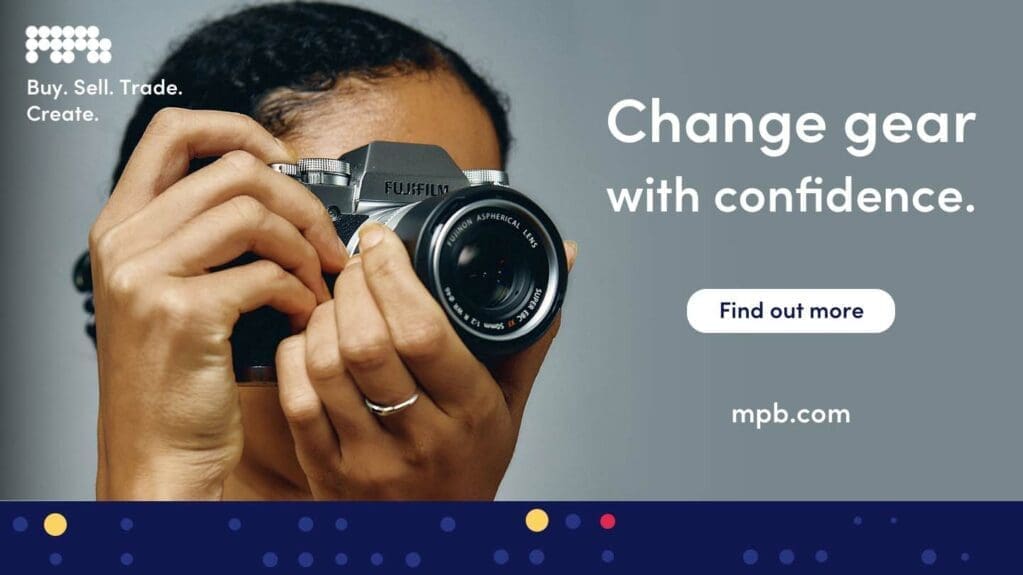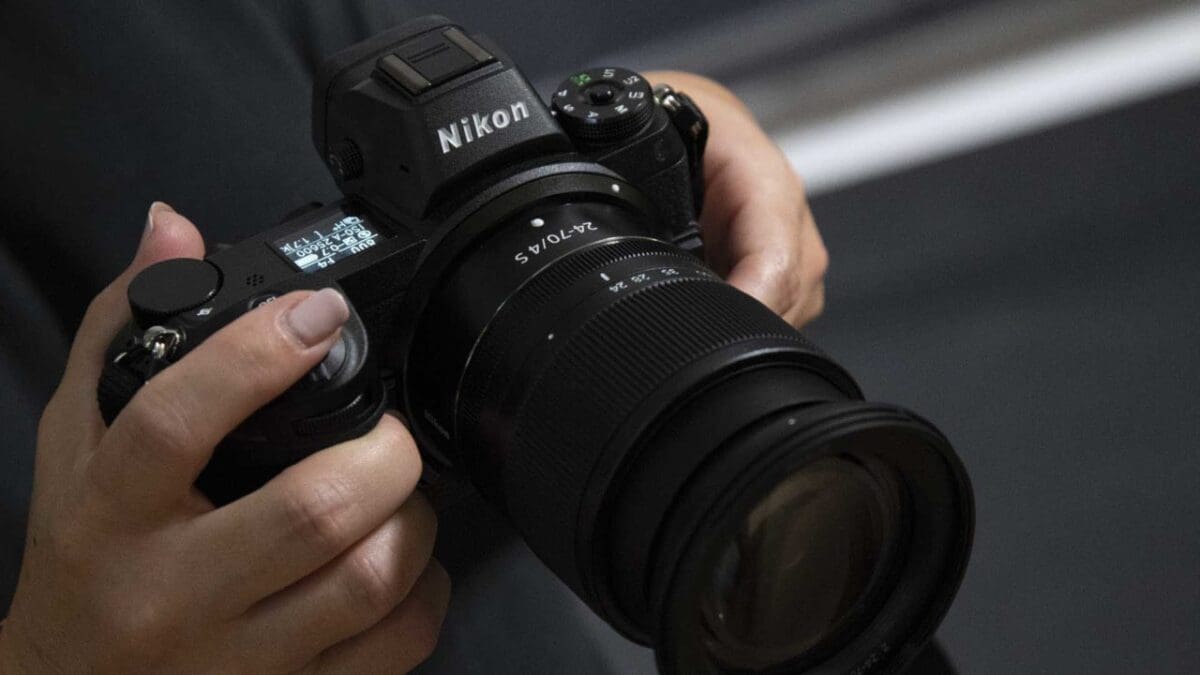You might not realise it, but the Sony A7 II made its debut all the way back in 2014. That it’s still so widely used is a real testament to how groundbreaking it was – and the Sony A7 camera series remains – and why we were keen to see how it rates in a Nikon Z6 vs Sony A7 II comparison. Is age just a number?
Both the Nikon Z6 and Sony A7 II are full-frame mirrorless cameras aimed at professionals and enthusiasts. While the original A7 was no slouch, Sony’s update to its original Alpha 7, the A7 II, pushed the envelope even further. The A7 II was the first full-frame camera to boast 5-axis image stabilisation, setting a standard that has become a must-have feature for many photographers since.
Likewise, when Nikon finally made its foray into the full-frame mirrorless market with the Nikon Z6 four years later in 2018, its 5-axis image stabilisation was one of its most desirable features. If you’re looking to upgrade on a budget, these are two of the cheapest full-frame cameras you can buy. So let’s see how they stack up in this Nikon Z6 vs Sony A7 II comparison.
Sensor
- Nikon Z6: 25MP – full-frame BSI CMOS censor
- Sony A7 II: 24.3MP – full-frame CMOS sensor
While the Nikon Z6 has a slight advantage in terms of pixel count, both cameras offer almost the same resolution in a full-frame sensor. Both the Nikon Z6 and Sony A7 II will give you pretty equal control over depth of field
Nikon paired the Z6’s sensor with its flagship Expeed 6 processor. Sony’s Bionz X processor in the A7 II is no slouch by any means, but the company’s image processing technology has moved on since 2014. As a result, the Nikon Z6 can shoot 12fps in burst mode while the A7 II lags behind at 5fps.

Video
- Nikon Z6: 4K at up to 60p (60p via firmware update)
- Sony A7 II: Full HD at up to 120p
Here is where we get our first significant different between the Nikon Z6 vs Sony A7 II. The Z6 can record 4K UHD (3840 × 2160) video at 30p with full-frame readout. You also have the option to record in Full HD at up to 120p for slow-motion playback. The Z6 also incorporates a lot of professional video specifications, and Nikon has been very diligent at updating the camera’s feature set and capability via firmware releases.
The Nikon Z6 records footage internally in 8bit colour, or you can connect an external recorder via the HDMI connection and record 10bit 4:2:2 colour with N-Log for better grading and colour matching. Using N-Log and 10bit recording extends the tonal range to 12stop or 1,300% dynamic range. With the Z6 you’ll also get features such as Timecode, focus peaking and zebra display modes.
As for the Sony A7 II, this is where it begins to show its age a little. The A7 II doesn’t shoot 4K video like we’ve now come to expect, but Sony did boost its frame rate for Full HD up to 120fps, which is on par with the Nikon Z6.
What’s more, Sony gave the A7 II some of the video capabilities of the A7S, such as recording in XAVC S, AVCHD and MP4 formats and the option to record in S-Log2. You’ll also find Timecode.
Autofocus
- Nikon Z6: 273-point hybrid AF system
- Sony A7 II: Hybrid AF – 117 phase detection; 25 contrast detection
The Sony A7 II uses the same hybrid AF system as the original Sony A7; however, it’s not quite the same. Sony claims it increased the camera’s AF speed by 30% by using a new algorithm. Tracking performance also increased in speed. Sony also introduced a new Lock-on AF mode with the A7 II for following moving subjects.
Overall, the A7 II’s hybrid AF system uses 117 phase detection and 25 contrast detection points, offering good coverage around the frame.
The Nikon Z6 debuted a new hybrid autofocusing which marked a significant change from Nikon’s DSLRs. The Nikon D750 uses a dedicated phase-detection sensor for shooting with the viewfinder and contrast-detection focusing for Live View and video shooting.
The Z6’s hybrid system offers 273 AF points that cover approximately 90% of the sensor. This means you can focus on areas much closer to the edge of the frame than you can with the D750 or other Nikon DSLRs. More importantly, you no longer have to use the focus-and-recompose technique. You can also track subjects around more of the imaging frame.
Screen
- Nikon Z6: 3.2-inch 2,100k-dot tilting touchscreen
- Sony A7 II: 3-inch, 1,228,800-dot tilting LCD
Both the Nikon Z6 and Sony A7 II feature tilting LCDs, but the comparisons really stop there. The Z6 LCD is slightly bigger and almost twice as bright as the Sony A7 II. And, crucially, the Nikon Z6 LCD offers touchscreen capability. This is a huge time-saver, meaning you can swipe through images and navigate menus easier.
This is a category where the Nikon Z6 is a clear winner.
Viewfinder
- Nikon Z6: 0.39-inch 3.6-million-dot OLED electronic viewfinder
- Sony Z7 II: 0.5-inch, 2.4-million-dot electronic viewfinder
The Z6 boasts a high-resolution 0.39-inch 3.6-million-dot OLED electronic viewfinder with a refresh rate of 60fps. As a result, images are smooth, even when following a moving subject. The Z6’s EVF also shows 100% of the image with 0.8x magnification.
However, the Sony A7 II offers a slightly larger 0.5-inch, 2.4-million-dot electronic viewfinder with 0.71x magnification.
At slightly less magnification and about half the resolution, the Nikon Z6 is the better EVF.

Stabilisation
- Both cameras: 5-axis in-body image stabilisation
Although Nikon uses lens-based stabilisation (VR) for its DSLRs, it introduced 5-axis in-body stabilisation (VR) with its first full-frame mirrorless cameras, the Z6 and Z7 (see which cameras have IBIS) and provides a shutter speed compensation value of 5EV.
The Sony A7 II, however, was the first full-frame camera to feature 5-axis in-body image stabilisation. So for this category, we’ll call it a wash.
Body & Weight
- Nikon Z6: 675g; 134 x 101 x 68mm
- Sony A7 II: 556g; 127 x 96 x 60mm
If size and discretion is important for you – if you shoot street photography, for example – then the Sony A7 II has a slight advantage over the Nikon Z6. It’s lighter (by less than 100g) and slightly less bulky.
However, we’ve used both cameras extensively, and both are pretty small cameras with excellent handling.

Should I sell my Sony A7 II?
Whenever you compare two cameras launched four years apart from each other, the later camera would almost always be the clear winner. But the Nikon Z6 vs Sony A7 II is an interesting comparison. In the Z6 you have the first generation of a new line of cameras for Nikon. And with Sony you have a company that really pushed the boat out early on to drive full-frame mirrorless technology forward, and the A7 II marked a huge next step in that development.
If you’re only bothered about shooting stills, then perhaps it’s worth hanging on to your Sony A7 II. But the chances are you shoot a little video too, and the Nikon Z6 offers a lot more video spec to justify the upgrade. Nikon keeps updating the Z6, as well, and the A7 II is now two generations old and unlikely to keep getting firmware updates to enhance its functionality.
Bearing this in mind with the Nikon Z6’s superior viewfinder and screen and other accoutrements, you should strongly consider selling your Sony A7 II and upgrading to the Nikon Z6, or even another Sony A7 series camera if you have lenses you don’t want to part with.
Sponsored: Thinking of selling your Sony A7 II or DSLR to upgrade? Selling your gear to MPB is the most secure way to do it. With free doorstep pickup, super-fast payment plus over 300,00 customers and five stars on Trustpilot. Buy. Sell. Trade. Create.





Leave a Reply
You must be logged in to post a comment.